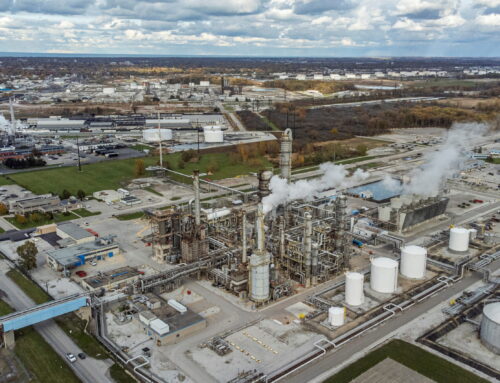Published: March 8, 2022
-Fierce Pharma
As Johnson & Johnson continues to defend its case in lawsuits over talc’s potential to cause cancer, startling research from the product’s past has come to light.
When asked for comment on the latest reporting, J&J stressed its focus on bioethics but also defended its testing as acceptable at that time.
“The dignity of clinical testing participants must always be the highest moral imperative, which is why this type of testing was discontinued more than 40 years ago,” a Johnson & Johnson spokesperson told Fierce Pharma over email. “At the time of these studies, nearly 50 years ago, testing of this nature among this cohort set was widely accepted, including by prominent researchers, leading public companies, and the U.S. government itself.
“We deeply regret the conditions under which these studies were conducted, and in no way do they reflect the values or practices we employ today,” the spokesperson continued. “As the world’s largest healthcare company, our transparent, diligent approach to bioethics is at the heart of all we promise our customers and society.”
The public has known about University of Pennsylvania dermatologist Albert Kligman’s human experiments at Holmesburg Prison in Pennsylvania for decades, but details of J&J’s involvement are new, according to Bloomberg. The testing, which was funded by entities like Dow Chemical and the U.S. government, involved mostly black inmates, Bloomberg notes.
The company’s prison-testing role emerged in two trials last year over claims that J&J’s talc-based powder causes cancer.
For the asbestos test, Kligman recruited 10 prisoners to receive injections of tremolite and chrysolite asbestos, plus a talc shot in their lower backs, Bloomberg said. The chrysolite form of asbestos had the biggest effect on inmates’ skin, causing granulomas, or cells clumped together in a raised area, according to Brown University medical professor David Egilman, who testified as an expert for plaintiffs in several talc cases about Kligman’s 1971 report to J&J, Bloomberg notes.
Also at Holmesburg, Kligman and his colleagues ran studies to see whether the type of container used to store baby powder affected the skin.
In that experiment, 50 incarcerated men at Holmesburg prison, 44 of whom were Black, had talc from different canisters applied to their skin and covered with dressings. Neither sample from the different containers caused a reaction, Kligman wrote in a 1968 report, as cited by Bloomberg.
Kligman died in 2010 and never acknowledged any wrongdoing, the news service said.
“My use of paid prisoners as research subjects in the 1950s and 1960s was in keeping with this nation’s standard protocol for conducting scientific investigations at the time,” he told the Baltimore Sun in the late 90s.
Meanwhile, J&J recently won a judge’s backing for its “Texas two-step” bankruptcy strategy. Under that tactic, the company has shifted its talc liabilities to a subsidiary which has since declared bankruptcy. Through that process, J&J has offered $2 billion to settle tens of thousands of talc cases.
As recently as last month, J&J told Fierce Pharma that it stands behind its Johnson’s Baby Powder, “which is safe, does not contain asbestos and does not cause cancer.”
Still, the details of J&J’s prison testing could provide powerful evidence and justify punishment rewards in future cases, legal experts told Bloomberg.
“This is some pretty horrific stuff, and the plaintiffs will definitely want to use it to show J&J’s handling of its baby powder line over the years hasn’t been the greatest,” Carl Tobias, a University of Richmond law professor, told the publication.




